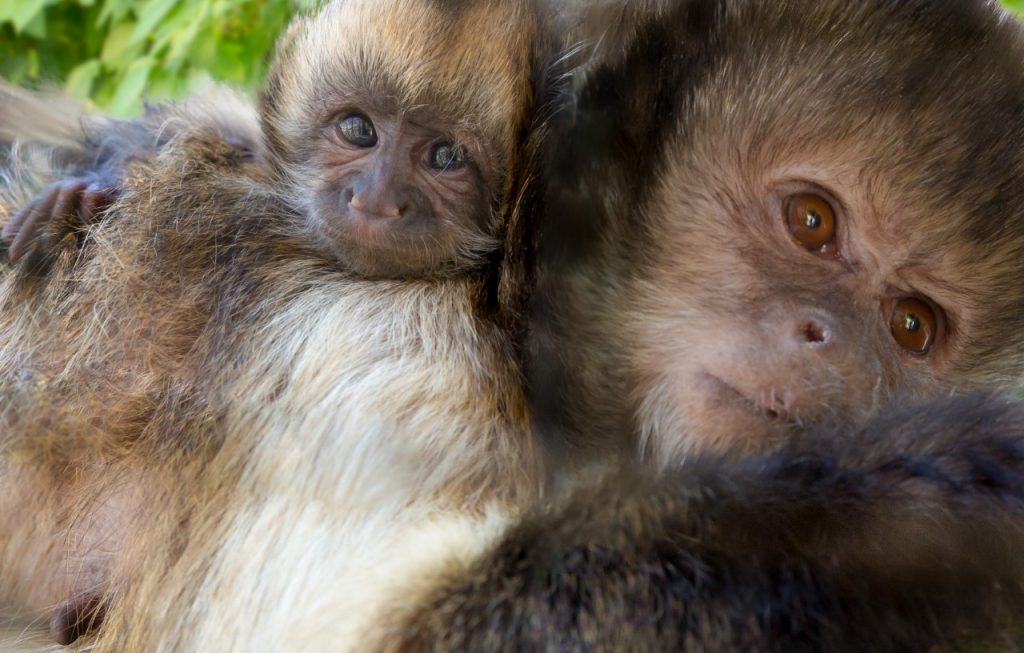Intake study of the lesser green broadbill (Calyptomena viridis) at Disney’s Animal Kingdom
Citation
Renjifo A, Valdes EV. 2003. Intake study of the lesser green broadbill (Calyptomena viridis) at Disney’s Animal Kingdom. In Ward A, Brooks M, Maslanka M, Eds. Proceedings of the Fifth Conference on Zoo and Wildlife Nutrition, AZA Nutrition Advisory Group, Minneapolis, MN.
Abstract
A nine-day intake study was carried out at Disney’s Animal Kingdom’s (DAK) Avian Research Center on an adult pair (1.1) of the frugivorous lesser green broadbills (LGB). The pellet/produce/invertebrate diet was fed twice daily. Two collections were carried out; one with food items presented separated, and a second with all ingredients combined as prepared by keepers. The birds displayed a definite preference for certain food items. The data collected revealed that the Mazuri® Parrot Breeder was the preferred food item in the diet, and that Mazuri® Small Bird Breeder was not consumed. The fruit mix was not readily consumed, and combining the fruit mix with the green mix did not influence the consumption of greens. Mealworms were not preferred items. It was found that food items in the diet were offered in unnecessarily large quantities. Two birds ate an average of 18.2g dry matter (DM) per day. Approximately 62.3% of the total DM offered was refused, representing a yearly waste of 10.9 kg of food or $46.76 per year. Laboratory analysis of the consumed daily diet (DM basis) showed the following values: crude protein 21.8%; crude fiber 4.9%; crude fat 9.3%; ash 0.5%; acid detergent fiber 4.3%; neutral detergent fiber 1.0%; gross energy 4,420 kcal/kg; vitamin A 19,740 IU/kg; vitamin C 506 mg/kg; vitamin E 127 mg/kg; calcium 1.1%; phosphorus 0.9%; magnesium 0.1%; potassium 0.8%; sodium 0.1%; iron 132 ppm; zinc 69 ppm; copper 18 ppm and manganese 0.1 ppm. The good health records of the birds might be an indication that the diet offered to the LGB at DAK fulfills this species’ maintenance requirements.
 03NAG_pp60-64.pdf 136 KB
03NAG_pp60-64.pdf 136 KB








